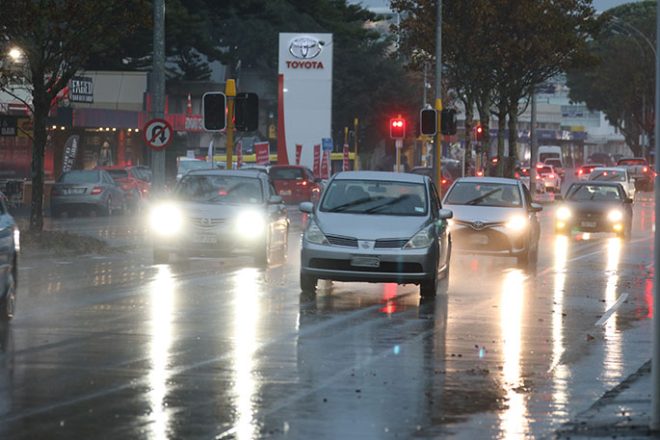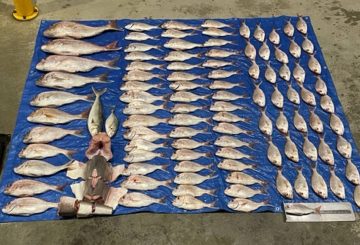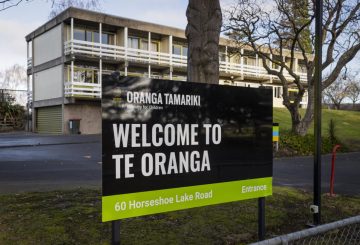Một nguồn cung cấp không khí cận nhiệt đới đang mang lại mưa và nhiệt độ ấm hơn đến New Zealand trong tuần làm việc đầu tiên của mùa xuân, một cảm giác khác biệt rõ rệt với vùng tây nam lạnh giá thống trị tháng cuối cùng của mùa đông.
Nhà khí tượng học Jessie Owen của MetService cho biết: “Một mặt trận di chuyển chậm đang mang lại những đợt mưa lớn đến Auckland và Bán đảo Coromandel.
Đồng hồ mưa nặng đã được phát hành cho các khu vực này và mọi người nên cập nhật tại www.metservice
.com.
Vào chiều thứ Ba và buổi tối, có nguy cơ giông bão phát triển ở các khu vực phía tây của Auckland và Northland.
Jessie nói, điều quan trọng là mọi người phải kiểm tra lại các cảnh báo thời tiết khắc nghiệt tại http://bit.ly/AllWarnings vì Đồng hồ mưa nặng khác có thể được phát hành để trang trải cho giai đoạn này.
Không khí cận nhiệt đới cũng có ảnh hưởng đến nhiệt độ trong tuần này.
Nhiều nơi ở Đảo Bắc cũng như các phần phía đông của Đảo Nam được dự báo sẽ nứt 20° C, với ngày ấm nhất trong tuần sẽ là thứ Tư.
Hệ thống thời tiết tiếp theo ảnh hưởng đến đất nước là một máng từ biển Tasman.
Điều này sẽ mang lại một khoảng thời gian mưa đến các khu vực phía tây của cả hai hòn đảo vào thứ Ba và thứ Tư, và Đồng hồ mưa nặng đã được phát hành cho Núi Taranaki, phía tây Tasman và Vùng Bờ Tây.
Cuối cùng, để kết thúc tuần, một hệ thống áp suất cao khác được dự báo sẽ mang lại thời tiết ổn định cho đất nước vào thứ Sáu.
Tín dụng: sunlive.co. nz






























































